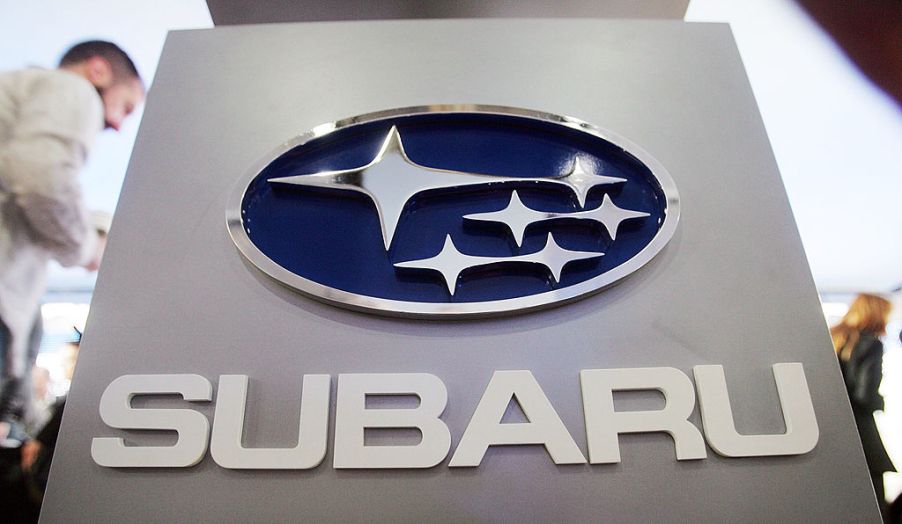
Subaru Is One of the Most Expensive Non-Luxury Brands to Own
Some cars are more expensive to own than others. Obviously, there’s the initial MSRP you have to pay on cars like a shiny new Porsche or BMW. However, you should also take into account its yearly fuel cost and maintenance fees.
You may think you’re getting a bargain with a Subaru Forester or Impreza. Cars from this automaker have luxurious interiors and a lot of standard technology at very affordable prices. However, according to Consumer Reports, a Subaru is more costly to maintain than some luxury rivals.
How much does a Subaru really cost?
Consumer Reports details how much cars usually cost to maintain during the first five and 10 years. Luxury brands like BMW and Mercedes-Benz are the most expensive cars to maintain in the long-term. Surprisingly, Audi and Infiniti cars are cheaper to maintain than a Subaru.
Any given Subaru typically costs $267 to maintain during the first five years. These costs remain steady throughout the car’s lifespan, with a 10-year cost of $500. Many Subarus get great gas mileage, so you’ll save a lot of money in that regard. However, it’s still a lot of money compared to other non-luxury cars.
The competition is more affordable
A few rungs above Subaru in terms of affordability is Honda. Honda cars cost $203 after the first five years and only $370 after 10 years. The Honda Civic, a rival of the Subaru Impreza, even has a better fuel economy rating. Some drivers also feel that the Civic’s base engine is also more lively than the one inside the Impreza.
Toyota is another more affordable brand than Subaru. Toyota cars only cost an average of $291 to maintain over ten years of ownership. The automaker’s RAV4 Hybrid is one of the cheapest hybrid SUVs on the market.
It also comes with the same high-quality material and fuel economy estimates you’d find inside a Subaru. In contrast, the Subaru Crosstrek Hybrid is more expensive and doesn’t have as much all-electric range as the RAV4 hybrid.
Why are Subarus so expensive to own?
One of the many perks of owning a Subaru is standard all-wheel drive. In many vehicles, this feature is only offered on higher trims. While it makes them more useful in certain conditions, cars with all-wheel drive are more of a hassle to repair.
If one tire blows out and can’t be replaced, you may have to replace all four tires at once. All-wheel drive cars are also more mechanically complex than a standard two-wheel drive car. There are more moving parts that need to be inspected on a regular basis. If you live in a climate with year-round mild weather, you may actually lose money owning an all-wheel drive car.
Subaru cars are also notorious for a few severe repair problems. Many Subaru engines are prone to failing head gaskets, particularly on older models. Blown head gaskets can result in leaking coolant, which could effectively ruin the engine or catalytic converter.
Finding an OEM part for a Subaru can also be an ordeal. The automaker only has 625 U.S. dealerships: by comparison, Toyota has 1,500 dealerships stateside. A Subaru is also more expensive to fix thanks to its engine structure.
Many Subaru cars are equipped with a flat four-cylinder engine under the hood. Mechanics usually have to lift the engine out of the car to make certain repairs. More labor means more money the technician will charge to fix any issues.
Although expensive to maintain, Subaru vehicles are highly dependable and great cars overall. As with any model, get it inspected regularly to keep maintenance costs at a minimum.



